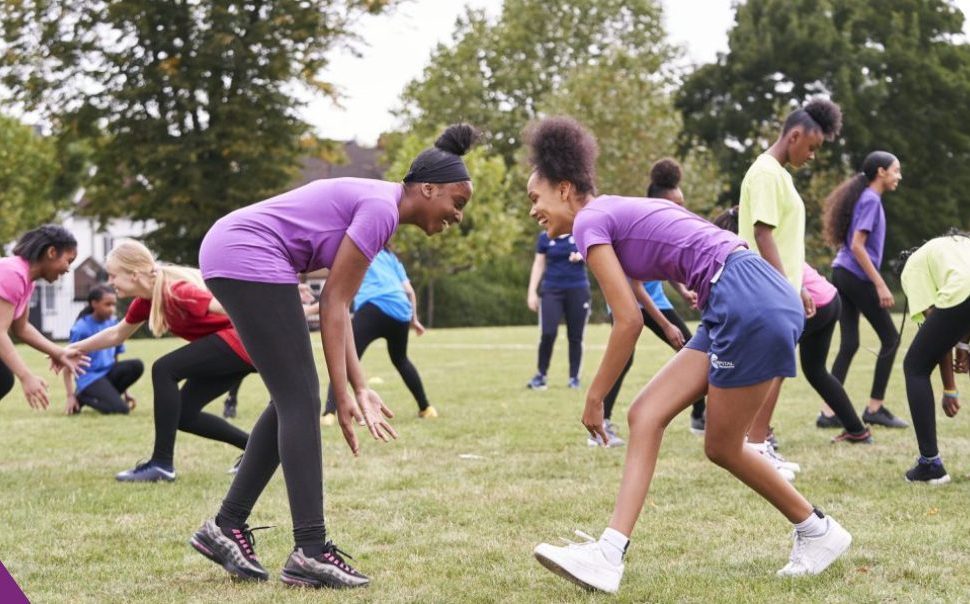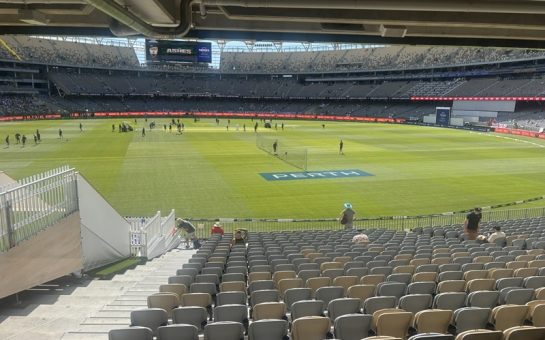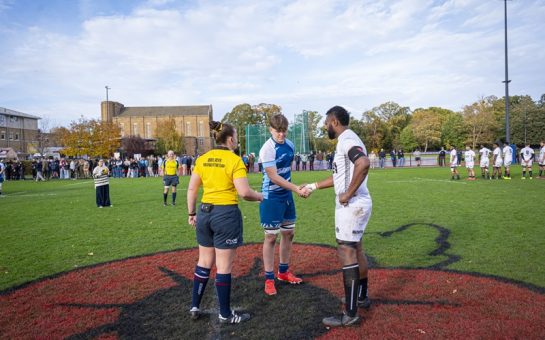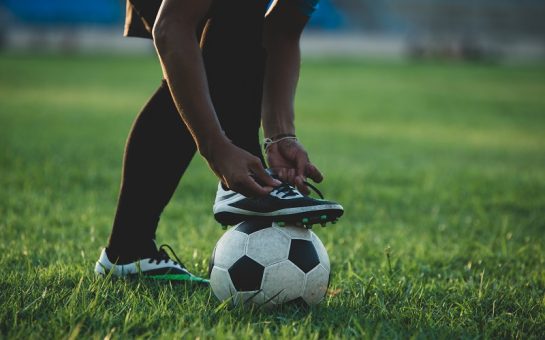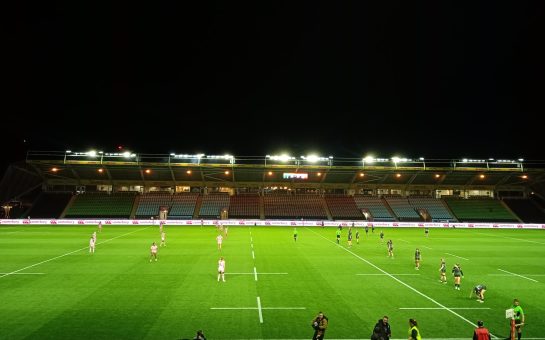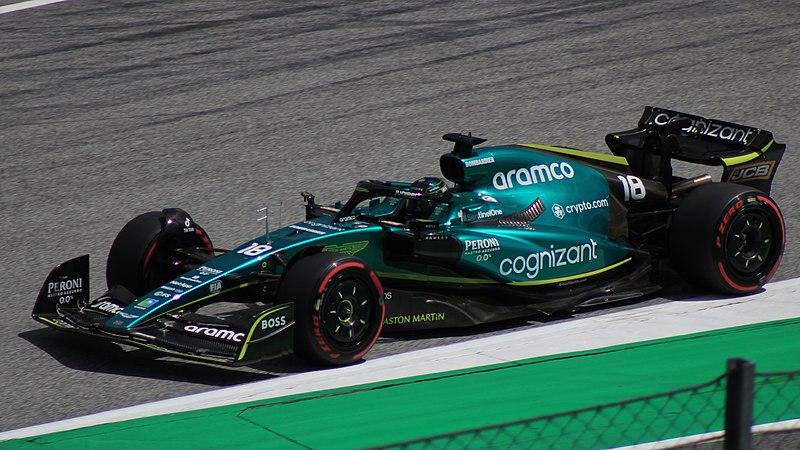Recent data has revealed the staggering disparity between the sporting dreams of black girls and their real-life opportunities in the UK.
A report conducted by Women in Sport, titled Black Girls and Sport: A Break up Story found black girls are leaving sport, despite loving it, due to a multitude of factors.
The survey showed 60% of black girls dream of being elite athletes, almost twice the number of white girls, yet almost half (48%) drop out of sport in their teenage years.
Olympic gold medallist and Women in Sport ambassador Tessa Sanderson CBE said: “This research is truly heartbreaking.
“I wouldn’t be where I am today if my PE teacher hadn’t believed in me.
“She saw my potential before I even knew it was there.
“Every black girl deserves that kind of support, someone to see her, value her and stand beside her.”
Sport England data also found that black and mixed girls are most likely to have three or more positive attitudes, in particular enjoyment, confidence, competence and knowledge and value the importance of sport in boosting their physical and mental health.
Sasha, 19, said: “Sport is a way for me to clear my head to just get a bit of a break from life.
“It’s just so calming and so easy and when people ask me why do I like basketball… it’s like everything else in the world is silent except you, the ball, your team.”
Despite 43% of black girls considering themselves sporty, substantially more than any other group of girls, they are the least group likely to partake in sport, with only one in seven active outside of school.
Yet the Women in Sport study highlighted damaging impacts of racism, misogyny, militarisation and rigid sporting structures which cause black girls in their teens to stop participating in sport.
Black boys also dream high in sport but many more carry on playing, and while 1.3million teenage girls fall out of love with sport across all races and backgrounds, it is black girls who start with the greatest love but leave sport in the greatest numbers.
Only 37% of black girls meet the Chief Medical Officer’s guidelines of the recommended 60 minutes of physical activity a day, in contrast to 50% of black boys.
The report further revealed that the decline in participation amongst many black teenage girls could be linked to growing up under intense pressure.
Within their wider lives they have to navigate minoritisation and the likelihood of economic hardship, all while juggling the high ambition to succeed, and have exacerbated fears around safety.
All girls in sport face the dual challenge of female puberty and systemic sexism, but black girls also are faced front on with typecasting, racial stereotyping and adultification.
Women in Sport CEO Stephanie Hilborne OBE said: “Sport should be a sanctuary, a source of joy and a gateway to opportunity.
“But for too many black girls, it becomes a source of pain, exclusion and loss, to feel like another space where they don’t belong.”
An Expert Stakeholder said: “There are some distinct challenges that black girls face when participating in sport around body image, perception, feeling stigmatised, around not wanting to stick out in a kind of social setting.
“So making yourself small rather than inhabiting a space.”
What are the key factors pushing black girls away from playing the sports they love?
There are limited sustained sporting opportunities for girls compared to boys and the options available tend to be expensive, rigid and highly-pressured environments.
These sporting environments may be ill-suited to a black teenage girl who is already managing an overwhelming amount of responsibilities, with 51% of black girls feeling their families expect them to prioritise home life over sport.
Sport often attracts those with disposable and higher incomes, further perpetuating the divide on the field and beyond.
Black communities are among the most disadvantaged in the UK and in London, 32% of black residents live in poverty, nearly double the rate of white residents.
Doyin, 23, said: “There is a big class divide when it comes to sport.
“The richest people get into the best teams because they have the best facilities and the best coaches, and I think that has a big effect on encouraging black women to get into sport.”
The report discovered there is a lack of fun, flexible sporting options for older girls, which can be a barrier for those from all backgrounds.
This was reflected in the data as the most common forms of physical activity participation for black girls are gym sessions (39%) and at-home workouts (48%), indicating that black girls are looking for options which they can slot into their life when they have numerous competing priorities.
Safety still remains a huge barrier and concern for all teenage girls playing sport, but especially for black girls.
Far-away locations and unsociable timings can be an invisible barrier to participation for minority communities.
These factors, coupled with a lack of psychological safety, contribute to this with many of the girls who took part in Women in Sport’s research reported heightened insecurities and feelings of isolation by not seeing anyone they can relate or look similar to at games or new club.
One girl told Women in Sport: “Sport has historically been a space that was not made for me.
“I love it, but I always feel like I have to fit into it rather than it fitting into me.”
Nearly a third (32%) of black girls report they are frequently penalised or get in trouble simply for expressing themselves in sports and physical activity, too.
Others mention the frequent microaggressions they encounter on the sports field and describe how they experience harsher treatment in matches, especially in areas with less cultural diversity.
Toni, 17, said: “I realised in sports, the word aggressive is thrown around a lot, especially towards black women.
“It can be really insulting because there’s this clear difference between being aggressive and being passionate.”
Many describe being treated more harshly in matches or singled out when they raise complaints, particularly in areas where there is less cultural diversity.
Some black girls turn to sport looking for joy or a release from daily pressures, but often they do not feel they can turn up and be their full selves in a sporting context
They may be singled out or typecast into certain roles or sports such as sprinting or combat sports, and face unnecessary pressure as a result.
Alongside the other factors, there are also practical and essential considerations to take into account in order for black girls to feel comfortable and allow them to experience the joy of sport.
A Perception Institute study found one in three black women avoid physical activity due to hair concerns, compared to just one in 10 white women.
Lack of available inclusive headgear for swimming and cycling can also deter black girls from wanting to participate in sport due to feeling uncomfortable.
There seems to be a severe misunderstanding of when it comes to what black girls and women need to thrive in sporting environments.
The report showed governing bodies and grassroots level organisations desperately need to do more to enable black girls to enjoy sport around the country.
Trust needs to be rebuilt, which starts by these key stakeholders listening, learning and committing to change.
Women in Sport provided useful recommendations in the report, which includes investing in safe, joyful spaces, developing more flexible talent pathways and better representation of black women in sport, while allowing them to express themselves fully with their hair, clothes, body language, culture, personality and more.
Sanderson added: “We must build a sporting culture that lifts black girls up, not one that shuts them out.”
Feature image: Women in Sport
